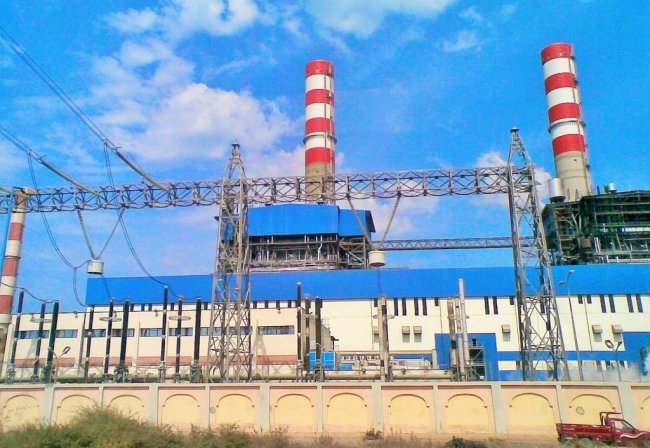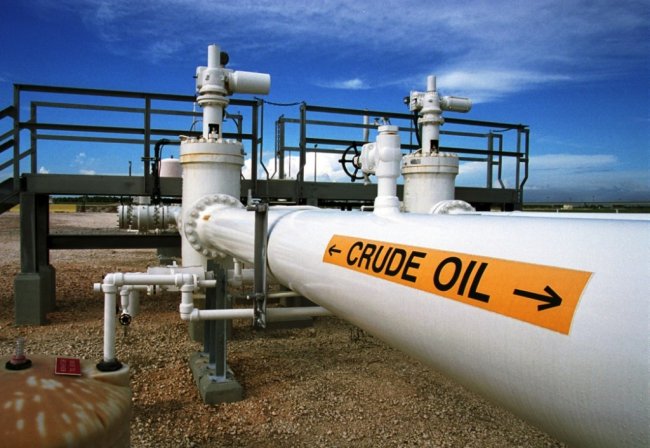What is fuel and energy balance
The main prerequisites for the accelerated development of the energy sector in general, especially the power industry, are the scale and pace of development of the economy, in particular of the energy-intensive industry, and the availability of suitable energy resources.
The consumption of energy resources and electricity largely characterizes the general level of development of the entire country. Therefore, securing its energy resources is of paramount importance.
Fuel and energy economy is the most important branch of material production. It is a single industry covering the production, transformation and consumption of all types of fuels and energy.
This unity is realized due to the wide interchangeability of different types of energy resources, the continuity of energy production and consumption, the possibility of high centralization of energy and fuel supplies, the direct influence of the level of consumption on the scale of production, processing and transportation of fuel, the complexity of a number of fuel processing and energy production processes.
The production of fuels and energy is the core of the development of all sectors of the economy. Overall, it accounts for about a third of the country's total capital investment in industry. Therefore, determining the optimal ways for its development is a matter of great importance.
According to the technical and economic indicators of extraction (production) and the role in the process of material production, each type of energy resources and energy carriers can turn out to be more progressive and economical in certain regions and for certain categories of users. The latter, in turn, can have a decisive influence on the choice of energy carriers and energy resources.
For individual energy and technological installations (power plants, boiler houses, industrial furnaces, etc.) they should be selected based on a comparative analysis of their efficiency.
The location of thermal power plants and the choice of their fuel base should be determined based on the results of the assessment of the relative efficiency of transport, gas, oil or oil products, solid fuel and electricity.
Fuel and energy balance Summarizing characteristics of volumes of extraction, processing, transportation, transformation and distribution of primary, processed and converted types of fuel and energy, starting from the stage of extraction of fuels and energy resources and ending with the stage of transportation of all types of fuel and energy for energy-intensive installations .
Thus, the fuel and energy balance includes the following elements:
-
fuel and energy resources (FER),
-
installations for the use of fuel and energy resources and energy-intensive processes.
Fuel and energy resources are a combination of all types of natural mineral fuels (coal, oil, natural combustible gases, shale, peat, etc., nuclear fuel), secondary (secondary) energy resources of industry, available for use of natural forces (hydraulic, solar, wind energy , tides, geothermal, etc.).
Installations for the use of fuel and energy resources include fuel processing and energy conversion plants, installations for the production of non-energy products based on the use of fuels and energy resources.
Energy-intensive processes — these are all mechanical (power) thermal and physico-chemical processes related to the production of material values and the improvement of human living conditions.
Thus, the fuel and energy balance covers a fairly large number of elements, each of which has its own specific characteristics of the technology for obtaining and using fuel and energy resources, the role in the production of material values, as well as technical and economic indicators.
The fuel and energy balance, like any balance, consists of two parts — input and output.
Both parts are constantly changing, mainly due to the increasing growth in the consumption of all types of energy and fuels and energy resources, technical progress in fuel extraction and processing, production, transportation and consumption of energy, as well as a result of the interchangeability and competition of different types energy and fuels and energy resources.
Finding the optimal fuel and energy balance requires analysis and evaluation of many rather widely varying factors.
The problem of optimizing the fuel-energy balance ultimately boils down to determining the most rational ways to provide the economy's fuel and energy needs for a certain period of time, in which minimal costs of social work and the creation of the necessary foundations are achieved. for the subsequent development of the energy economy. The solution to this problem is possible only if the methods of mathematical modeling are widely used.
It is required to create mathematical models of the fuel-energy balance with a rather large volume, allowing to take into account all internal and external relations of the balance and to develop a system of reliable initial information.
These models and information systems should be developed to optimize the fuel-energy balance in the context of time (at different stages of planning or forecasting and levels of development), territorial (state, republic, district) and production (energy industrial center, large enterprise ).
In light of the above, there can and should be various types and modifications of the econometric model to optimize fuel and energy economy.
Currently, the following types of fuel and energy economy optimization models have been developed.
Model of production and distribution It is used to optimize the production of fuel in the main basins and fields in a complex, the main flows of fuel and electricity and the location of large thermal power plants, as well as to select the type of fuel and energy for different categories of electricity plants. It is designed for multivariate calculations when predicting the optimal ways to develop fuel and energy economy for more than 10 years.
The system of models, including models of the coal mining industry and coal processing, oil and oil refining industry, unified gas supply system, unified electricity system. Each of them, in turn, is subdivided on a territorial basis into regional systems and further into subsystems of energy nodes, forming a hierarchy of vertically and horizontally interacting, but autonomously functioning sectoral systems.
This system is used to optimize the development of inter-district fuel bases and the fuel processing industry, inter-district flows of fuel and electricity for a period of 5-10 years.
Advanced model occupies an intermediate position between the above two. It includes models for optimizing the energy economy of an industrial center or large enterprise. This model is used to optimize the development of the fuel and energy balance for a period of up to 5 years.
Particular attention is paid to the optimization of transport and energy connections and the economy of fuel and energy in the regions and energy centers of enterprises.
The main principle of building these models is to represent in them the actual development of fuel and energy economy:
-
territorial — by replacing the real layout of all categories of users with conventional centers of their concentration in the region;
-
technological — by replacing a set of energy-intensive objects with a limited number of conventional categories of users;
-
temporary — by replacing the continuous process of fuel and energy economy development with a staged one at different static levels within a given period.
In modeling, it is generally assumed that the change in the volume and structure of fuel consumption from level to level occurs abruptly, and the state of fuel production enterprises and fuel transportation routes changes in the same way.
In real conditions, the increase in heat consumption usually occurs gradually and similarly increases the scale of fuel production.
The increase in the capacity of fuel production enterprises and the passage of fuel and transport highways, as a rule, has a sharp character as a result of the commissioning of new quarries, mines and wells, new (or parallel) railway lines and gas pipelines.
Therefore, the increase in the capacity of fuel production enterprises and the throughput of highways is accompanied by an inevitable (and very significant) advance in capital investment.
In order to determine the quantitative indicators and characteristics of the fuel-energy balance, it is necessary to have predictive indicators of economic development and energy consumption.
Estimated indicators of energy development as a whole depend on a number of interconnected private forecasts: energy consumption — increase in demand for basic energy carriers, technical progress — in the transformation and use of energy and reserves of energy resources and the costs of their production, transportation, etc. .
The forecast of the volume of energy consumption can be made by taking as a basis either an estimate of useful fuel and energy resources with the subsequent selection of energy carriers for individual consumption processes, or an estimate of the cost of energy delivered to consumers in the form of final energy carriers.
See also: The energy system of the country — a brief description, characteristics of work in different situations, What is energy, thermal energy, electrical energy and electrical systems


